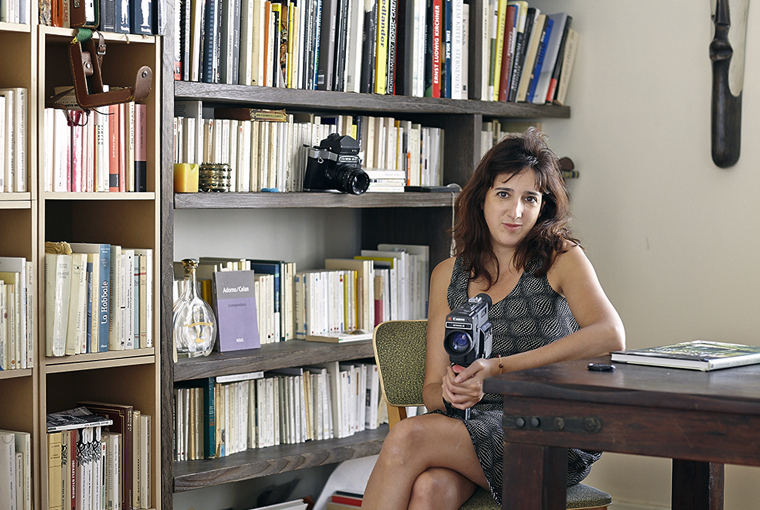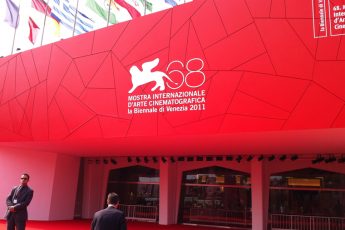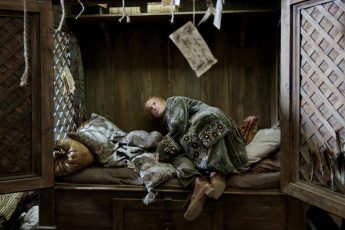
We met Michale Boganim during the the Venice Film Festical, where her film “Land of Oblivion” was screened as part of the Settimana della Critica section.
What made you write a script about Chernobyl? Where you more interested in the historical background or in the location as it exists now?
I was more interested in the location. I traveled quite a lot in Eastern Europe. For me, Chernobyl is a strong symbol for the fall of communism and the disappearance of a certain world. The Chernobyl catastrophe happened during a time when Communism was about to collapse.
The characters in you film are still very attached to their home town, even though it offers no livable space. Is their any relation between this attachment and the difficulty for Eastern European countries to make the step towards post-industrialization?
I don’t know if my film speaks about post-industrialization. It is certainly a film about places of origin. The characters love their birthplace, despite the fact that it is poisoned. The fact that it has been evacuated doesn’t make a difference. We could see a similar attachment during the nuclear catastrophe in Fukushima. The people wanted to stay and reconstruct their homes, even though the place was contaminated. It doesn’t have anything to do with the people’s well-being. When Anya is asked to leave, she nonetheless decides to stay. The affection she has for her home is stronger.
You have lived and experienced many different places- are you attached to a place you would call home?
Of course. I am Israeli. I had to leave my home when I was still very young. But I have very strong feelings for my birthplace and I have a difficult time because of the grief over that separation.
The characters in your film have also have a hard time to grieve. They somehow deny their tragic past, while at the same time living in it.
Yes, of course. It’s a paradox. They try to escape, and at the same time they can’t. At one point there is a conversation between Anya and Dmitri, where she tells him that they were both born here, and that this binds them forever.
Who is the little girl that lives in “the zone?”
The little girl is inspired by something that really happened. Children are forbidden to enter “the zone.” But one family hid their child in the zone despite of the interdiction. So she was raised in “the zone” all alone and people call her Mowgli, as she is like a feral child.
How did you choose your actors?
At first, I didn’t want to film with known actors. But after a couple of castings, I chose Olga Kurylenko. She comes from a small region in the Ukraine. She felt very close to the story of her character. She really wanted to play in a film that would take place in her own country and it turned out to work very well. She also accepted to be filmed in a disfigured way. We had to prepare her for that. What did you think of her?
There is this beautiful woman, but we can see that she also looks impaired. Something about her is deceiving. Like the city, she doesn’t want to age, but in the end she can’t escape from the effects of time… Do you think that there is a fascination for ruins in your film?
Yes, because ruins are history. They keep memories. But Prypiat is not a ruin, in the end, because everything is still conserved. Prypiat is fascinating because of the invisibility of the catastrophe. The city was not destroyed. It was just abandoned. I was more keen to film the leftovers of Communism. The film is a journey in time. You can see all these traces of Communism, icons and statues that were erased after 1989.
Thank you for the interview.




Leave a Comment